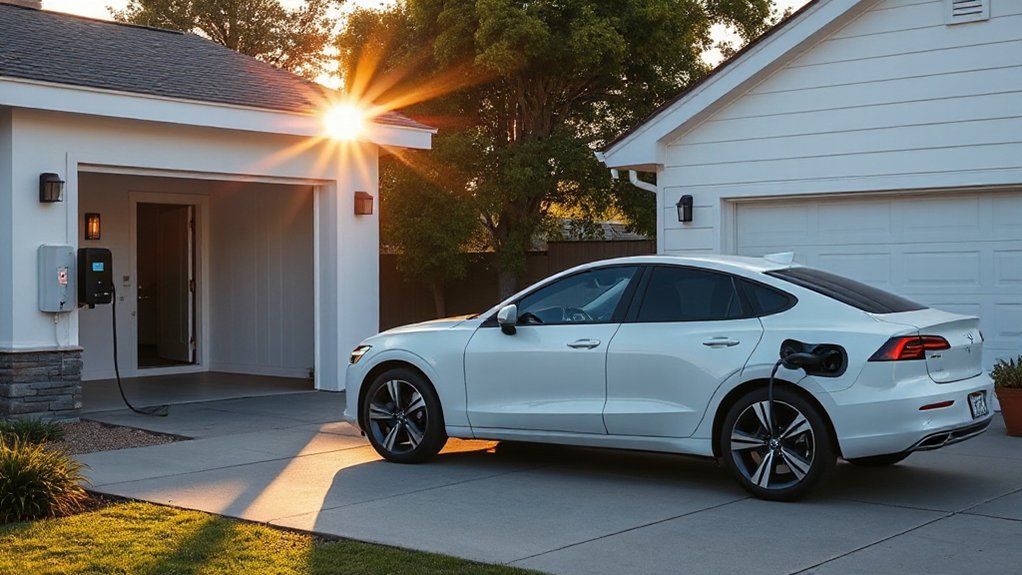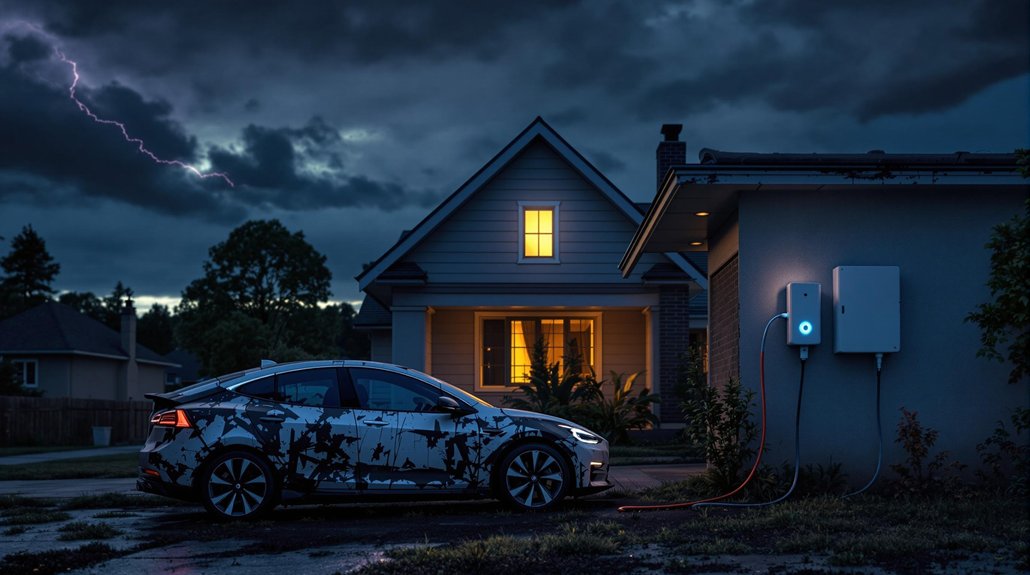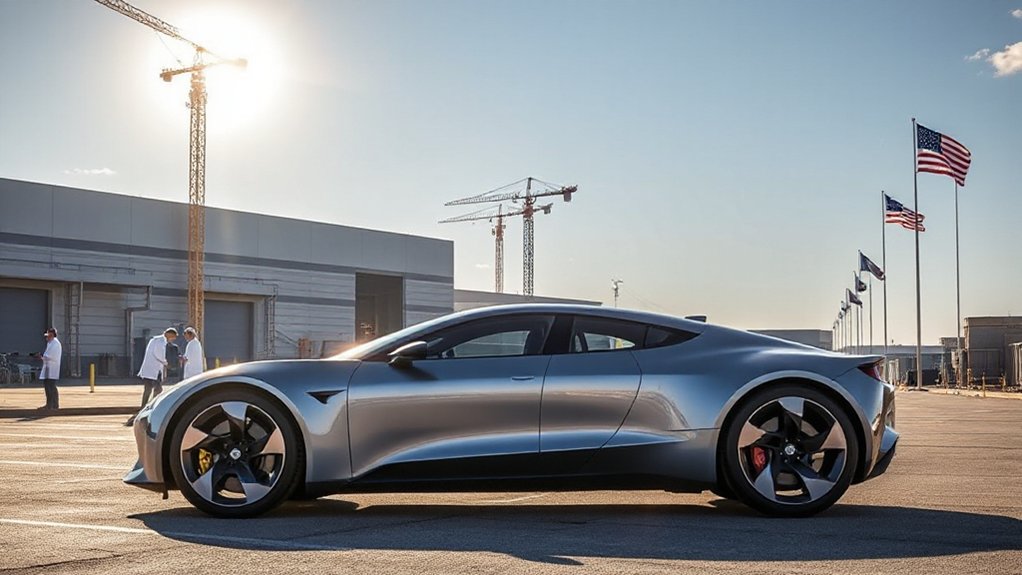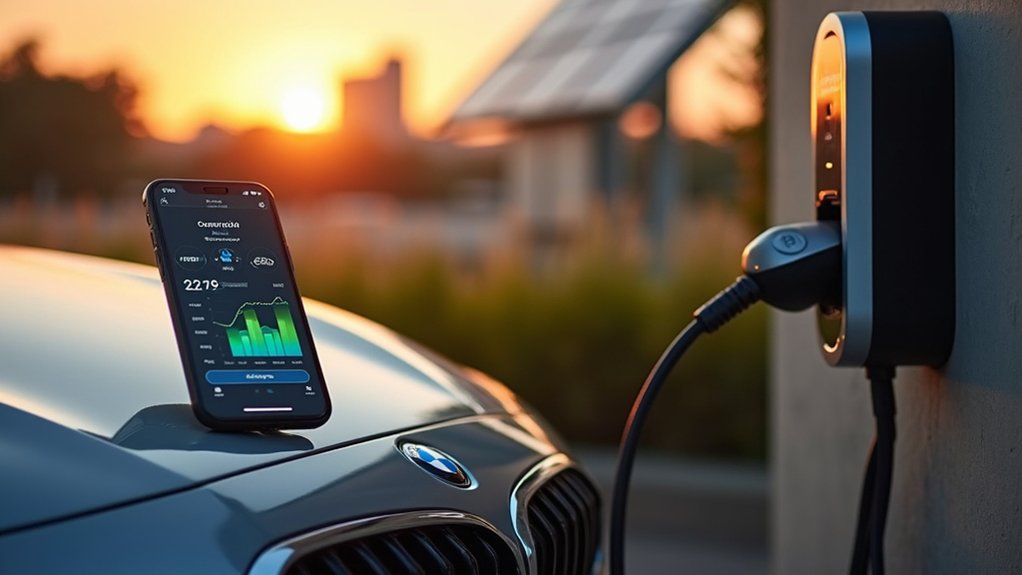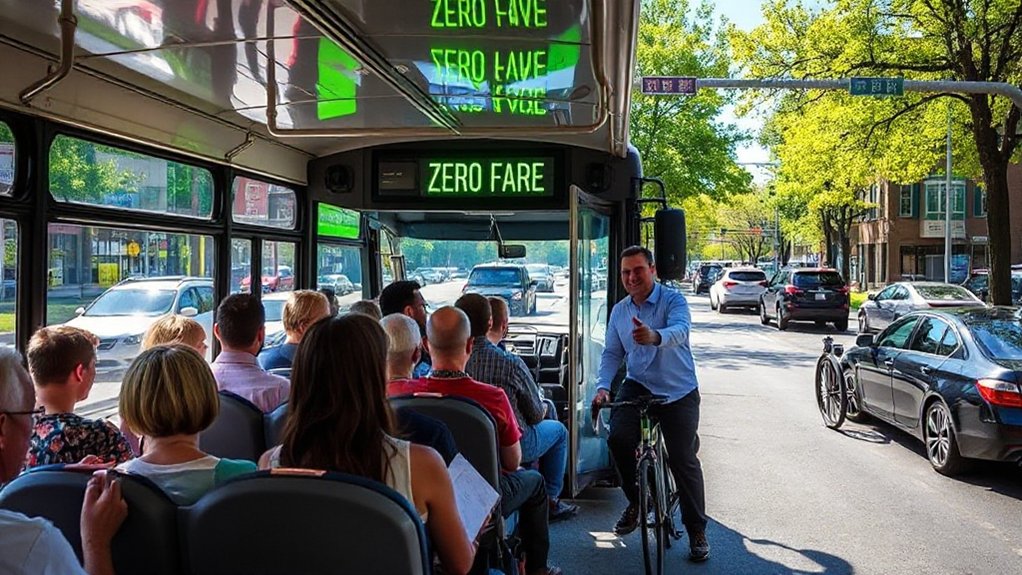As California pushes forward with ambitious electric vehicle regulations, Polestar EVs are emerging as unexpected heroes for homeowners. The Swedish manufacturer’s vehicles can now do more than just look pretty in driveways—they’re actually powering houses. Vehicle-to-Home (V2H) technology has finally hit the Golden State, and Polestar is one of the first manufacturers jumping on board.
Swedish innovation meets California practicality as Polestar vehicles transform from status symbols into literal power sources for homes.
Let’s get real. California’s grid is about as reliable as a politician’s promise during wildfire season. But V2H tech changes everything. Polestar owners can now discharge their car’s battery power back to their homes during blackouts or peak demand periods. No more sitting in the dark while your $60,000 EV sits uselessly in the garage. Imagine that.
This isn’t just some fancy tech gimmick. Senate Bill 59, recently signed by Governor Newsom, gives the California Energy Commission authority to mandate bidirectional charging capabilities in EVs sold in the state. As early as 2027, every new electric vehicle in California might need this feature. That’s right—every single one.
The numbers are mind-boggling. If California’s projected 2 million EVs sold in 2027 all have V2H capability, they could add 119 gigawatt-hours of power to the grid. That’s 3.6 times the current battery capacity available statewide. We’re talking about 4.4 hours of the state’s average electricity demand. From cars. This technology contributes significantly to grid resilience while offering the predictable energy costs that shield consumers from market volatility.
Homeowners aren’t just getting emergency backup—they might get paid. Following Maryland’s DRIVE Act model, California utilities are exploring compensation programs for EV owners who contribute power during peak times. Your car parked at home could actually make you money. Crazy, right?
The system requires specialized chargers with inverters, either in the car (AC systems) or in stationary equipment (DC systems). Installation must be done by EVITP-certified contractors per Assembly Bill 841. It’s complex tech, but the payoff is huge: power when you need it, potential income, and one less reason to panic when the grid falters. This technology will help reduce diesel generator use during power outages, offering a cleaner alternative for backup power. Similar to Maryland’s approach, these backup-only bidirectional systems can operate in load-only mode until grid-parallel operation is requested, allowing for installations before full V2G programs are established.
References
- https://www.utilitydive.com/news/california-electric-vehicle-ev-to-grid-battery-capacity/726319/
- https://fermataenergy.com/wp-content/uploads/2025/06/Fermata_Energy_V2X_Barriers_and_Policy_Solutions_White_Paper_March_2024.pdf
- https://www.vgicouncil.org/articles
- https://www.pge.com/en/clean-energy/electric-vehicles/getting-started-with-electric-vehicles/vehicle-to-everything-v2x-pilot-programs.html
- https://calmatters.org/wp-content/uploads/2024/04/Assembly-Bill-2127-Electric-Vehicle-Charging-Infrastructure-Assessment.pdf
- https://www.energy.gov/sites/default/files/2025-01/Vehicle_Grid_Integration_Asseessment_Report_01162025.pdf
- https://theclimatecenter.org/community-energy-resilience/governor-newsom-signs-first-in-the-nation-bidirectional-ev-charging-bill-into-law/
- https://www.energy.ca.gov/programs-and-topics/programs/vehicle-grid-integration-program
- https://www.cpuc.ca.gov/-/media/cpuc-website/divisions/energy-division/documents/transportation-electrification/energization/2025-vgi-forum-slide-deck.pdf
- https://www.evinfrastructurenews.com/charging-installation/wallbox-bidirectional-charging-kia-ev9-california
